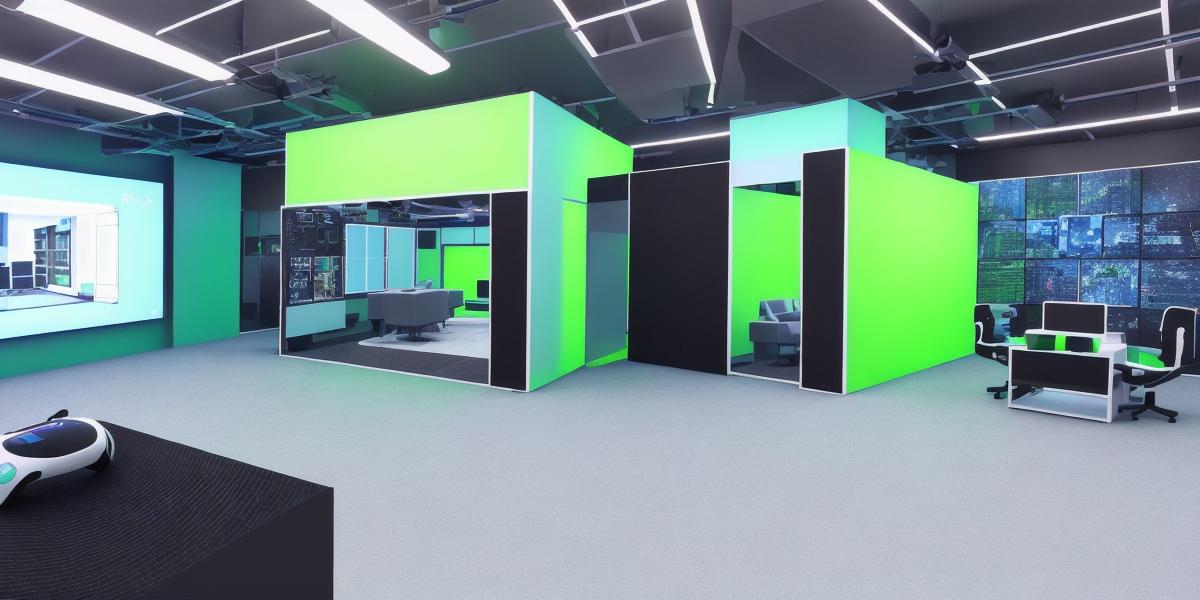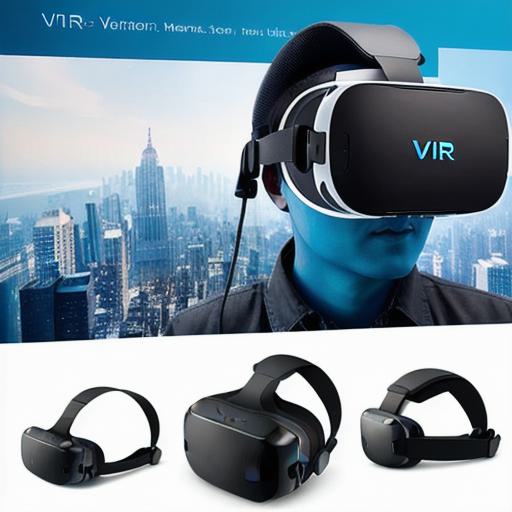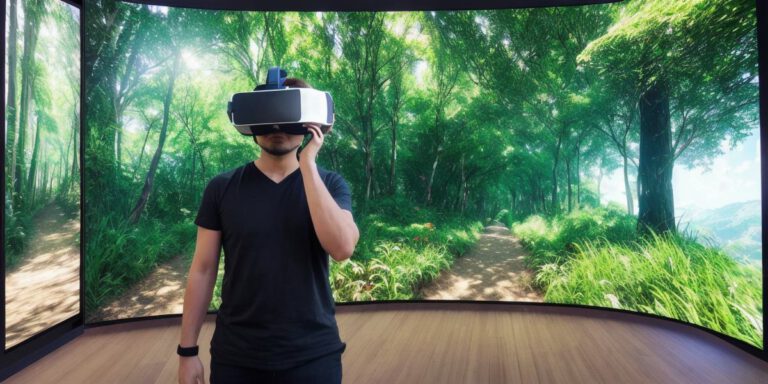Understanding VR Architecture: Key Components and Design Considerations

Virtual reality (VR) has been a rapidly evolving field for decades, but only recently have we seen the widespread adoption of this technology for gaming, entertainment, and educational purposes. VR architecture is the foundation upon which virtual environments are built, and it plays a crucial role in determining the user experience. In this article, we will explore the key components of VR architecture, as well as the design considerations that must be taken into account when building virtual worlds.
Key Components of VR Architecture
The key components of VR architecture can be broken down into three categories: hardware, software, and user interface (UI).
Hardware: The first component is the physical devices that make up a VR system. This includes headsets, motion controllers, sensors, and computers. The hardware must be designed to work together seamlessly in order to create an immersive experience for the user. For example, the sensors used to track movement in a VR environment must be precise and responsive in order to accurately reflect the user’s movements.
Software: The second component is the software that powers the VR system. This includes the operating system, application software, and drivers for the hardware devices. Software must be designed to optimize performance, minimize lag, and provide smooth transitions between virtual environments. Additionally, software must be able to handle complex calculations related to rendering 3D graphics and physics simulations.
UI: The third component is the user interface, which allows users to interact with the VR environment. This includes controllers for hands, headsets with displays, and other input devices such as joysticks or foot pedals. The UI must be designed to be intuitive and easy to use, allowing users to quickly and easily navigate through the virtual environment.
Design Considerations for VR Architecture
When designing VR architecture, several key factors must be taken into consideration in order to create a seamless and immersive experience for the user. These include:
- Motion sickness: One of the biggest challenges when it comes to VR is preventing motion sickness. This can be caused by a variety of factors, including lag, disorientation, and motion blur. To prevent motion sickness, designers must ensure that the hardware and software are optimized for smooth transitions between virtual environments and that the UI provides clear cues for the user’s movements.
- Comfort: Another important consideration is comfort. Users must be able to wear their VR headset for extended periods of time without experiencing discomfort or fatigue. Designers must ensure that the headset is lightweight, well-ventilated, and adjustable to fit a wide range of head sizes.
- Interactivity: In order to create an engaging and immersive experience, VR environments must be highly interactive. This includes allowing users to interact with objects in the environment, as well as providing realistic physics simulations that allow users to feel like they are truly present in the virtual world.
- Accessibility: Finally, designers must consider accessibility when building VR environments. This includes ensuring that the UI is easy to use for all users, regardless of physical abilities, and that the environment is designed to be accessible for people with different levels of experience or familiarity with VR technology.
Real-Life Examples of VR Architecture
One great example of VR architecture can be found in the world of gaming. Games such as "Beat Saber" and "Job Simulator" have been designed with a focus on interaction, allowing users to feel like they are truly present in the virtual environment. These games also make use of advanced physics simulations to provide a realistic experience, further enhancing the immersion factor.

Another example can be found in the world of education. Virtual reality has








